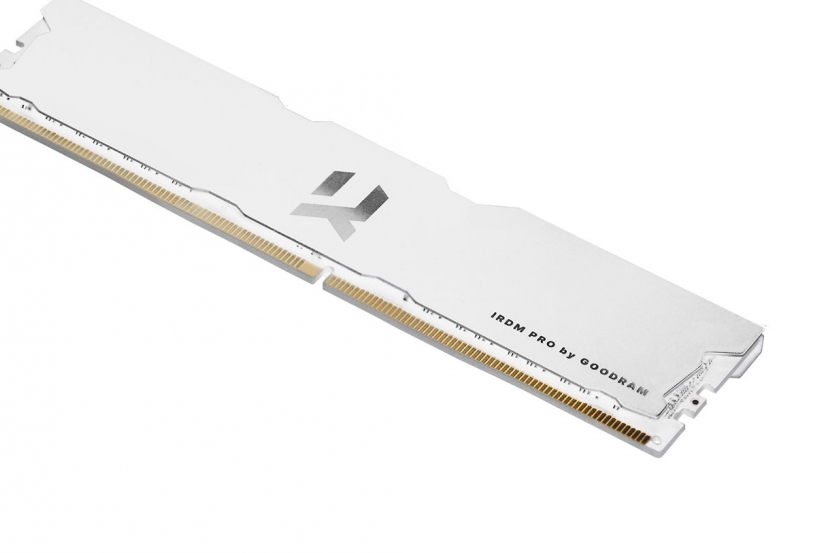White PCB and up to 16 GB per module on Goodram IRDM PRO DDR4 Hollow White RAMs
Source: Geeknetic added 22nd Dec 2020
by Pablo López 5 hours ago …
Goodram’s new RAM modules come as the perfect Christmas addition to having both the white PCB as the heatsink of the same color.
At the beginning of the month we saw the new Goodram M.2 PCIe SSD with up to 2 TB and 3200 MBps. Now it is time to renew the DDR4 RAM and for this what better than to opt for an unusual white PCB. The RAMs Goodram IRDM PRO DDR4 Hollow White are the new DDR4 RAM modules from the manufacturer and opt for a aesthetics clearly differentiated from the rest . The capacities in which they are available are 8 and 15 GB and will be sold in kits of up to 32 GB. If we look at the speeds and latencies we find that these modules have two well differentiated profiles. In 8 and 16 GB we will have speeds of 3600 MHz with latencies 17 – 19 – 19 while for other modules of only 8 GB we will reach 4000 MHz with latencies 17 – 22 – 22 .
Goodram IRDM PRO DDR4 Hollow White prefer a neat minimalist design with up to 16 GB per module
Typical voltage at which they operate is 1. 35 and 1.4 v and, as expected in this type of product, are guaranteed for lifetime. The Goodram IRDM PRO DDR4 Hollow White stand out at first glance and not because of their lights, which do not integrate them, but because of the detail of incorporating a white PCB and also using a heatsink of the same color , which makes them quite exclusive in that regard.
The manufacturer has not disclosed the price or availability, but since they come with this “Christmas theme” they should not take long to appear on the market. In addition, Goodram has commented that there will be news with higher capacity and higher frequencies in this same range. Something similar to what the manufacturer did when launching RAM modules in SO-DIMM format for laptops, completing the range with versions even with a small and thin heatsink.
End of Article. Tell us something in the Comments or come to our Forum!
Pablo López
With 15 years I started overclocking my PC to get every extra FPS I could in games and scratch a few milliseconds in SuperPi, while I was constantly posting about hardware on the Geeknetic forum as a user and reader. They must have been so fed up with continually reading me on the forum that I became part of the writing team, where I continue to report on the latest in technology. Astrophysics and PC games are the hobbies that, after hardware, cover most of my free time.
